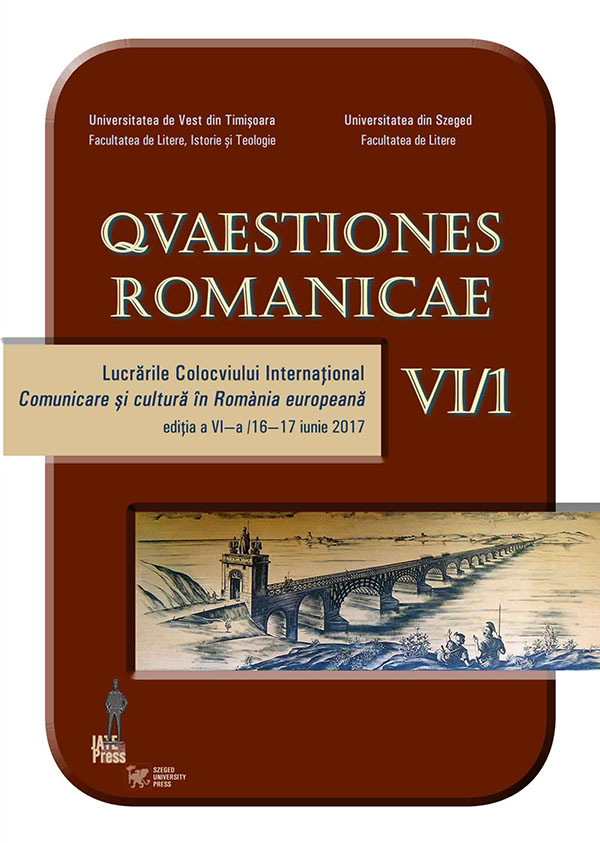Las relaciones de parentesco natural en las lenguas románicas – un enfoque diacrónico y comparado
Abstract: (Kinship relations in Romance languages: a diachronical and compared approach) This paper aims to study from a diachronic and compared point of view the evolution of the lexical field of blood kinship relations starting from Latin to five most important romance languages: Spanish, Portuguese, French, Italian and Romanian. Although this topic has been analyzed synchronically in some Romance languages, there has not been yet a diachronic and compared vision. We would like to pursue not only an onomosiological approach (What happened with the significants pater, mater, filius, avus, etc., if they survived? Is there a lexical continuity?), but also a semasiological one (What forms occupy today the places of the initial structure? Are there any empty spots? Did the field incorporated other terms that initially were not integrated in this structure? What are the most important lexical changes?). It is also interesting to compare the different structures in the Romance languages from the point of view of the meaning.
Keywords: Blood kinship relations, lexical continuity, lexical change, romance languages, diachronic and compared approach.
Resumen: Este trabajo se propone estudiar desde un punto de vista diacrónico y comparado la evolución del campo léxico de las relaciones de parentesco natural del latín hasta las cinco más importantes lenguas romances: español, portugués, francés, italiano y rumano. Aunque el tema ha sido analizado en sincronía para algunas lenguas románicas, hasta ahora no ha habido una visión diacrónica y comparada. Nos proponemos tanto un enfoque onomasiológico (¿Qué ha ocurrido con los significantes pater, mater, filius, avus, etc., si es que han sobrevivido? ¿Ha habido continuidad léxica?) como semasiológico (¿Qué formas ocupan hoy en día los lugares de la estructura inicial? ¿Han quedado espacios vacíos? ¿El campo ha atraído otros términos que inicialmente no formaban parte de la estructura? ¿Cuáles son los principales cambios léxicos?). Será interesante además analizar las estructuras divergentes en las lenguas románicas contemporáneas desde el punto de vista del contenido.
Palabras-clave: Relaciones de parentesco natural, continuidad léxica, cambio léxico, lenguas románicas, enfoque diacrónico y comparado.
